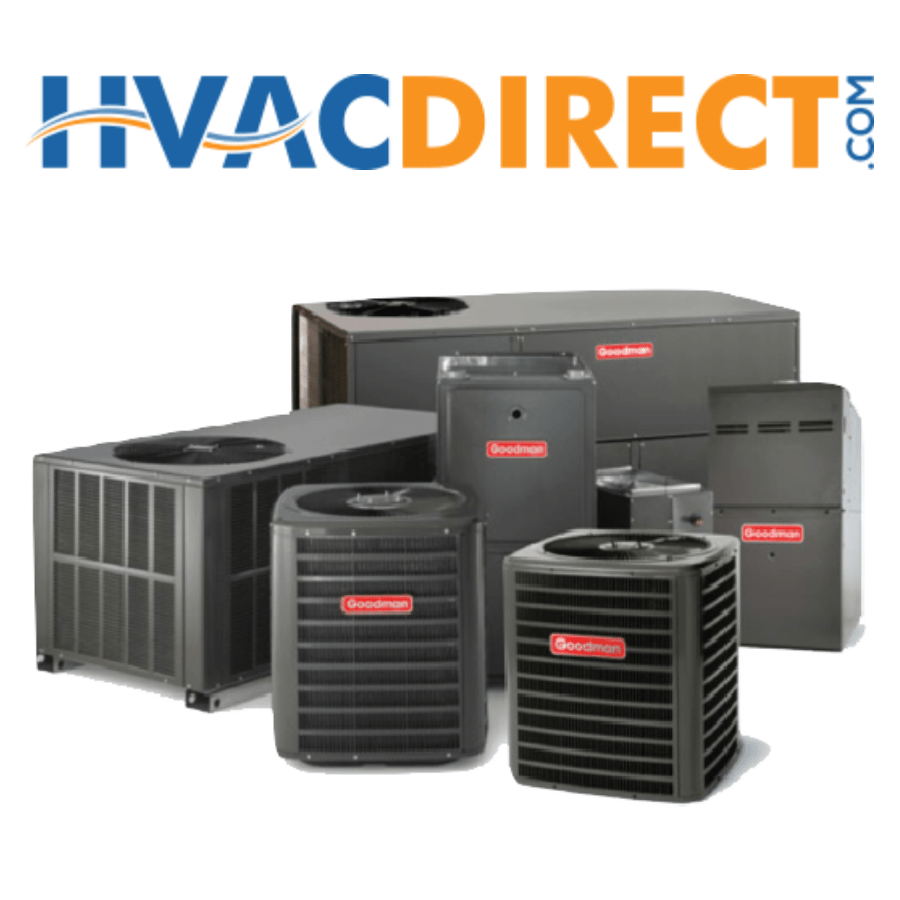Packaged Terminal Air Conditioners (PTACs) are used by thousands of Senior Living homes to keep their rooms comfortable for their inhabitants. But, with so many choices, how do you pick the best unit for your space, climate, facility type, and resident requirements?
When assisting our customers in selecting the appropriate PTAC units for their home, we follow the parameters listed below:
-
Choose the appropriate type
To heat and cool Senior Living facility rooms, PTACs are available in both heat pump and resistive heat types. A PTAC heat pump differs from an electric resistance heat unit in the following ways:
- Resistance (Electric) Heat – Resistance heat units heat wires by passing an electric current across them, similar to a toaster or a hair dryer. They need a lower initial investment, but when utilized for extended periods of time, they can result in greater energy expenditures.
- Heat Pump – PTAC (Passive Thermal Air Conditioning) is a type of heat pump. Heat pumps work like air conditioners, except they reverse the cooling process to circulate warm air. Although heat pumps are more energy efficient than resistive heat versions, they are more expensive initially. All heat pump units include resistance heat technology, which can help keep rooms warm when the outside temperature drops below the heat pump’s minimum operating temperature.
- Heat pump units are recommended for chilly areas where the requirement for heat is greater; the larger initial expenditure will pay itself in roughly a year. Choosing a heat pump model can save money on energy in all temperature zones across the United States, but the payback will vary depending on where you live.
-
Choose the appropriate size
Calculate the correct BTU for your PTAC unit installation by calculating the square footage of the room in which it will be installed by 30 (for example, 300 sq. ft. x 30 = 9,000 BTU unit). Consider the number of people in the room, ceiling height, insulation, and the influence of the weather, especially sunshine.
-The PTAC sizing chart below shows the anticipated BTU required based on square footage.
Room Area in Square Feet | PTAC BTU Needed
- 250-300 sq. ft. 7500-9000 BTU
- 300-350 sq. ft. 9000-10,500 BTU
- 350-400 sq. ft. 10,500-12,000 BTU
- 400-450 sq. ft 12,000-13,500 BTU
- 450-500 sq. ft. 13,500-15,000 BTU
We recommend contacting an HVAC professional for help evaluating your specific PTAC air conditioning needs.
-
Choose the appropriate voltage
Different voltage (230/208V or 265/277V) and amperage (15, 20, or 30 amps) requirements exist for PTAC models.
-
Look over the efficiency ratings.
“Are PTAC units energy efficient?” you might wonder. Consult PTAC unit evaluations and ratings for the highest energy savings. Energy-efficient PTAC units might help you save money on your utility bills. Regarding an energy efficient resistance heat unit, review the Energy Efficiency Rating (EER). The Coefficient of Performance (COP) is the standard measure of energy efficiency for heat pump equipment. A higher number indicates greater efficiency and less energy consumption in both circumstances. In general, EERs range from 9.2 to 13.4. COPs are usually in the range of 2.5 to 4.
-
Choose the appropriate custom settings and characteristics
Depending on your climatic zone, a tailored PTAC may be necessary.
- Corrosion Protection Units: To counteract the amount of contaminants found in the air, PTACs throughout coastal regions should feature corrosion protection. Coils or complete systems can be replaced, but corrosion prevention avoids inefficiencies.
- Dry-Air Units: For high-humidity environments, models intended to remove a higher percentage of humidity from a room are suitable.
- Internal Condensate Removal Units (ICR): If you wish to lessen the quantity of condensation that drips from your heat pump, an ICR unit is set up to collect the condensation and evaporate the moisture back into the room.
-
Pick the best brand
Choose a brand that offers the features and benefits that are most relevant to your PTAC requirements.
Give us a call at (929) 447-2077 if you’d like some expert guidance on What Size PTAC Unit may need or PTAC Unit installation near me.



No Comments
Be the first to start a conversation